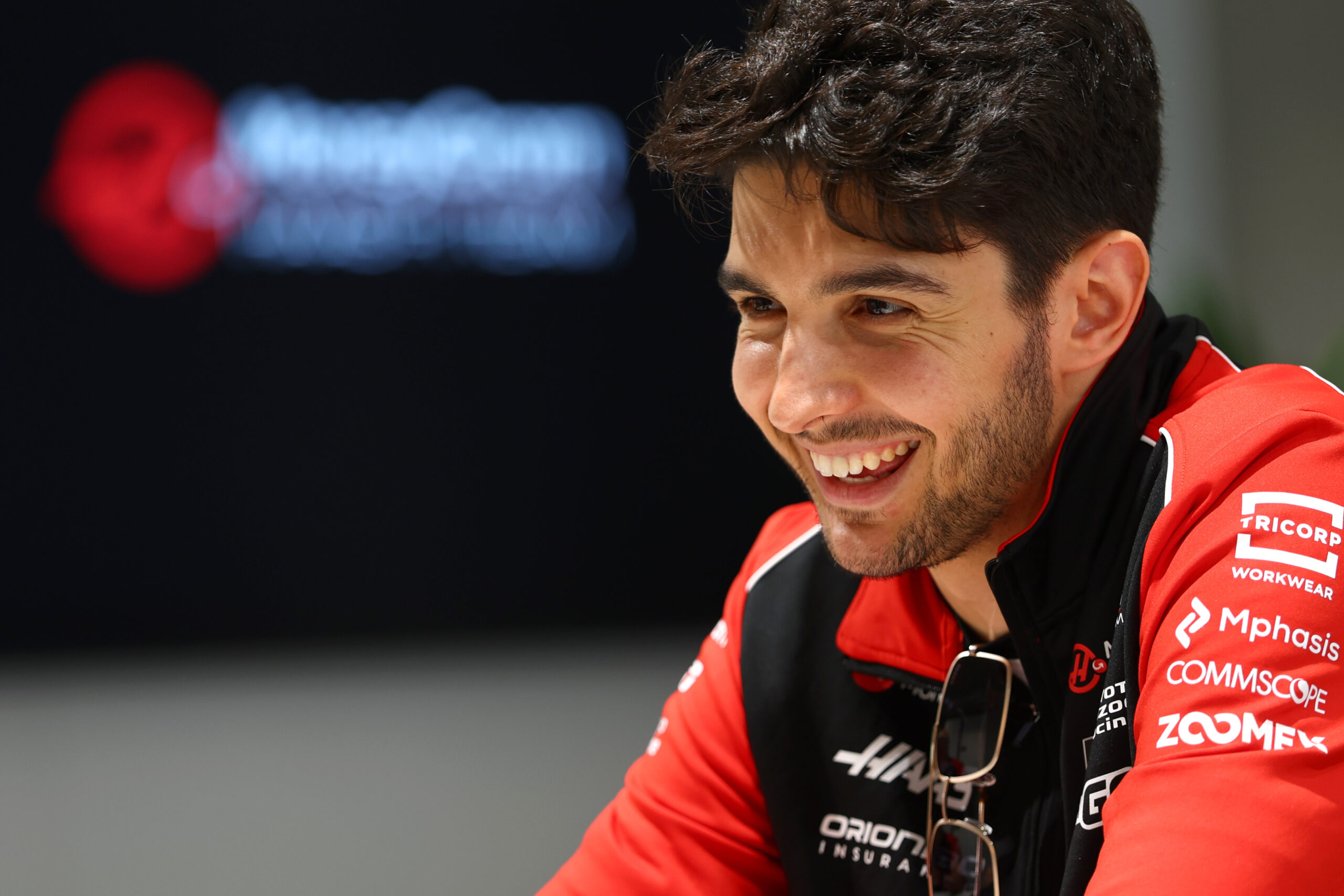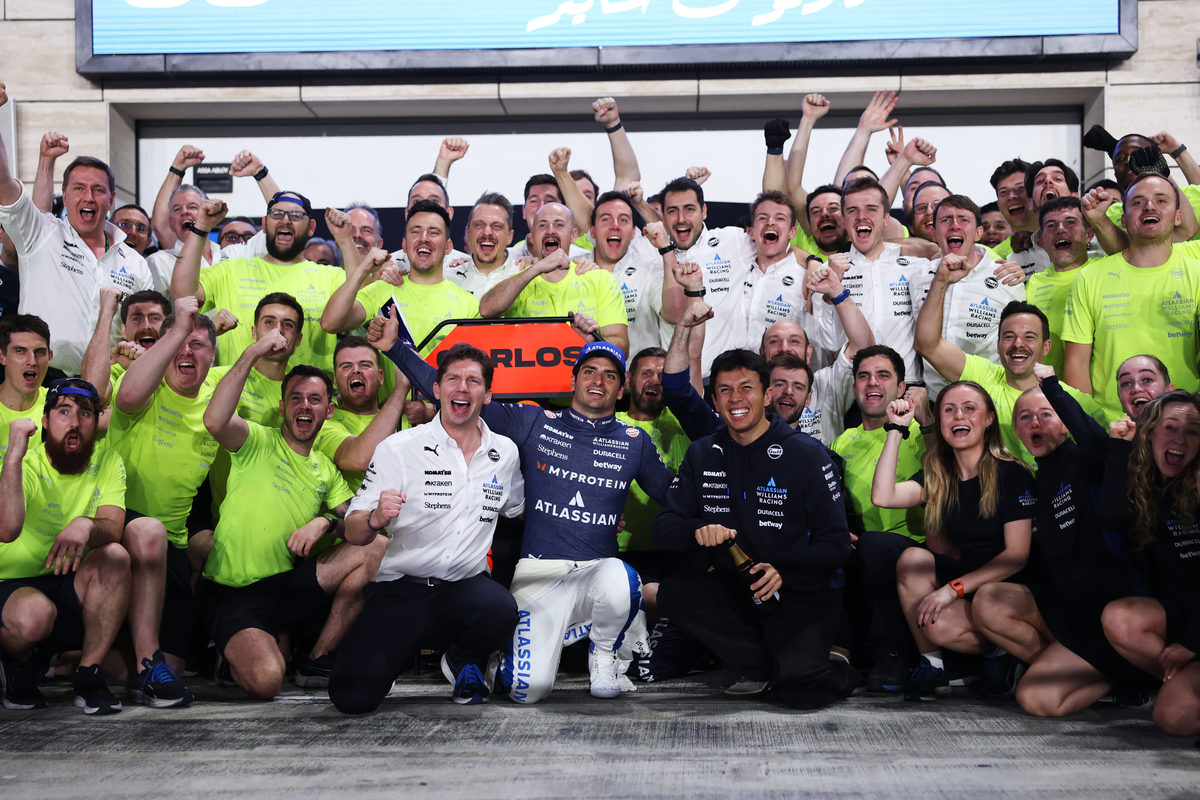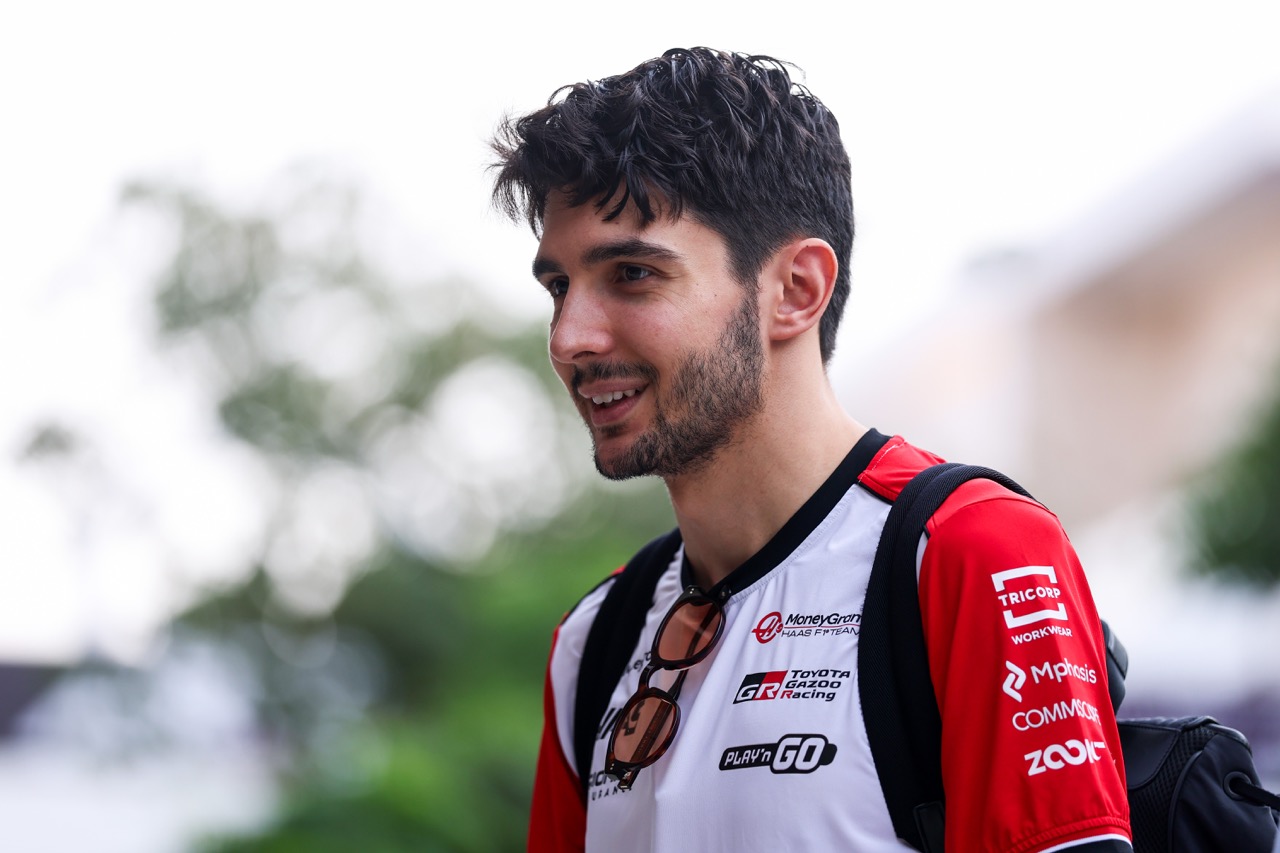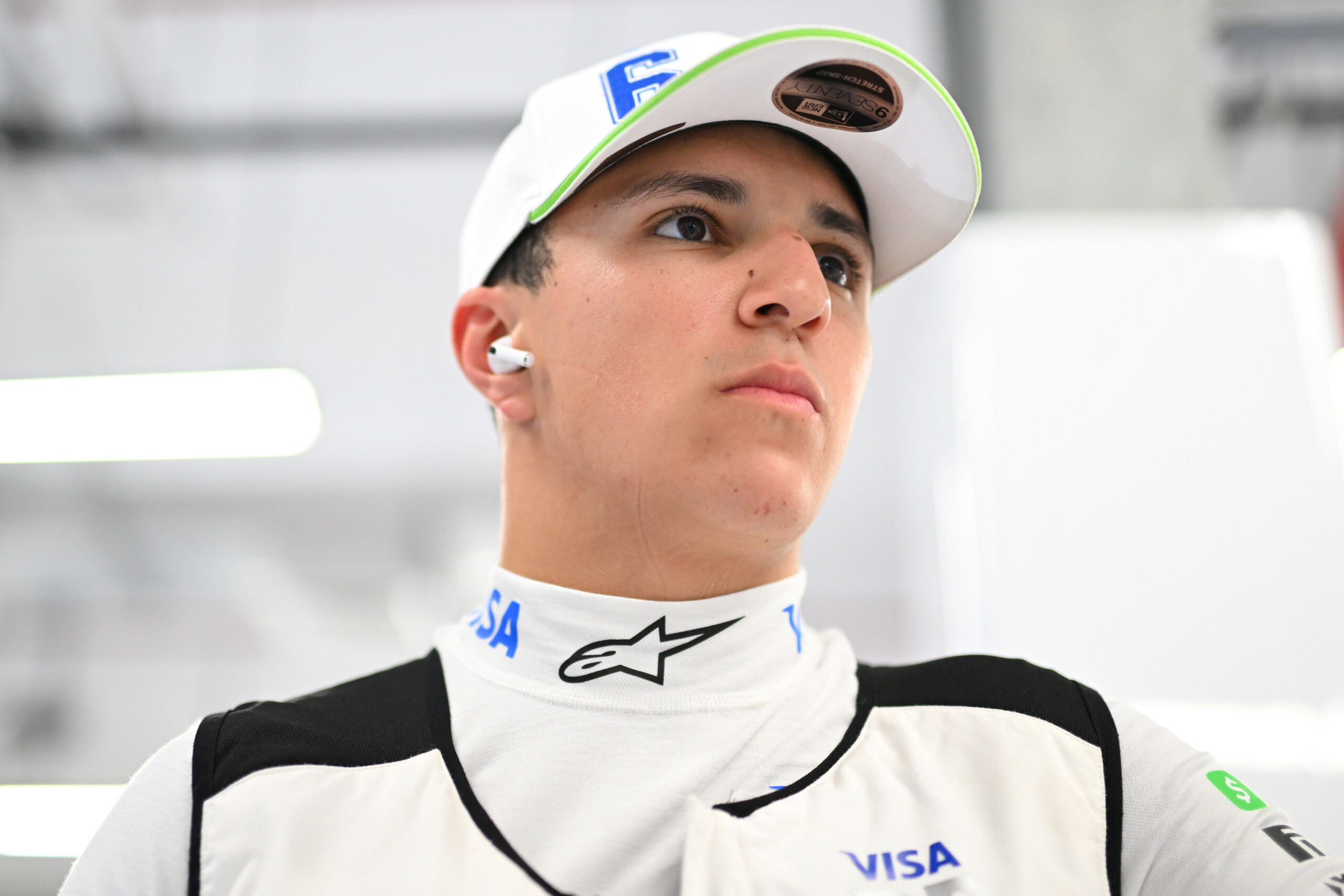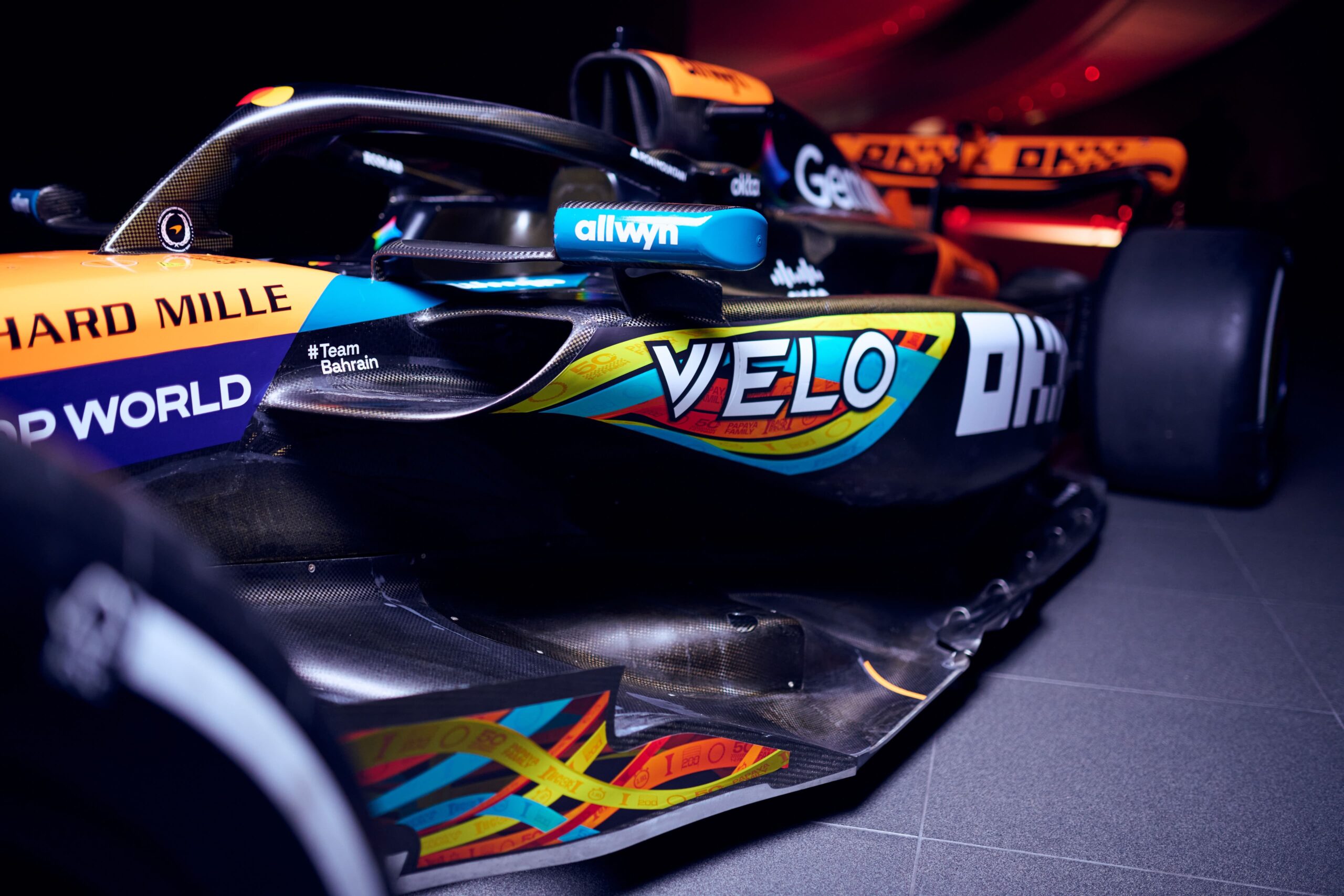Esteban Ocon currently holds tenth place in the 2025 F1 Drivers’ Championship standings at mid-season, having amassed 23 points through the first twelve rounds. His campaign with the MoneyGram Haas F1 Team has been marked by consistent point-scoring finishes and a resilient drive to extract maximum performance from the VF-25. Despite the challenges posed by the car’s limitations—particularly in qualifying pace and straight-line speed—Ocon has demonstrated tactical acumen and racecraft that have helped him maintain a solid position in the highly competitive midfield.
Qualifying and starting performance
Esteban Ocon’s qualifying performances throughout the first half of the 2025 season have been mixed, and he has not consistently been the leading qualifier within the Haas team. While he has occasionally managed to secure strong starting positions, his average qualifying position of 15th reflects the ongoing challenges Haas faces with the VF-25’s outright one-lap pace. The car’s deficit in straight-line speed and difficulties in maximising performance over a single flying lap have often placed Ocon at a disadvantage compared to rivals, particularly during sessions where competitors benefit from better traction or aerodynamic efficiency.
In several races, such as in Miami and Monaco, Ocon managed to qualify well inside the top 10 or close to it, demonstrating his ability to extract maximum performance under optimal conditions. However, these strong qualifying results have not been consistently replicated, with Ocon sometimes starting further down the grid, notably outside the top 15 in Bahrain, Saudi Arabia, and Australia. This inconsistency in qualifying form has meant that he frequently faces the challenge of recovering positions during the race rather than capitalising on clear track at the start.
A problem exacerbated by technical limitations
Moreover, Esteban Ocon’s qualifying struggles have been exacerbated by technical limitations. The VF-25’s lack of top-end speed has made it difficult for him to compete against rivals on long straights, especially when competitors activate Drag Reduction System (DRS), which Haas has struggled to counter effectively. This deficiency has been particularly evident at circuits with extended high-speed sections, where the loss in straight-line speed costs valuable tenths and often compromises Ocon’s ability to progress into the final stages of qualifying.
Despite these challenges, Ocon’s qualifying efforts remain a crucial component of his overall performance. The team continues to focus on improving the car’s qualifying trim to give him a better platform from which to launch his race strategies. Until such improvements materialise, Ocon must rely on his racecraft and tactical acumen to mitigate qualifying shortcomings and maximise points-scoring opportunities.
Race performance and pace
Ocon has excelled in race conditions more than in qualifying, demonstrating impressive racecraft and tactical nous. Over the 14 races so far, he has improved his position on average by 2.8 places per race, increasing to 3.1 when excluding the two sprint races. This indicates his ability to manage tyres and race pace effectively, capitalising on race incidents, pit stop timing, and strategy decisions to climb through the field.
His race performances reveal a driver able to adapt quickly to varying conditions. At Monaco, a race featuring mandatory two pit stops, Ocon executed a strategic plan that maximised track position and tyre life, helping him secure seventh place and valuable championship points. Similarly, his drive in Canada demonstrated his ability to handle long stints on hard tyres, combining patience and aggression to finish ninth after starting mid-pack. In Austria, he showed resilience, battling from 17th on the grid to claim a point-scoring tenth place despite stiff competition and the limitations of the VF-25.
Gambling with tyre strategy
The Frenchman’s approach to tyre management has been a key factor in his race performances. Ocon carefully judges when to push and when to conserve, often nursing his tyres through stints to maintain competitive lap times while minimising degradation. His ability to maintain a consistent pace over long stints—such as his 49-lap run on hard tyres at Monaco—has helped Haas convert midfield qualifying positions into points finishes.
However, not all races have unfolded smoothly. In Spain, Ocon’s decision to stay out during a late safety car period on worn tyres compromised his chances of scoring points. Similarly, at Imola, a technical issue forced his retirement despite a promising start. The Silverstone GP also proved frustrating, as poor strategy decisions during wet conditions and a collision with teammate Oliver Bearman hampered his progress. These setbacks underscore the fine margins within which Haas operates and the ongoing challenge to translate potential into consistent results.
Technical and team development
Haas entered the 2025 season with ambitious plans to develop the VF-25, focusing on improving balance, tyre consistency, and overall pace. Ocon has played an essential role in providing detailed feedback that has informed upgrades and setup changes throughout the first half of the year.
The factory’s work on aerodynamics and mechanical grip has shown promising results at several venues. Updates introduced prior to the Monaco GP, for example, helped the team achieve a well-executed race with effective two-stop strategies. The car’s improvements in low-speed cornering and tyre management have been evident in several top-ten finishes, showcasing the positive impact of these developments.
Despite these gains, the VF-25’s weaknesses remain apparent in qualifying trim and in certain track conditions. Ocon has pointed out the car’s difficulties in high-speed corners and on circuits requiring strong straight-line speed, with the Red Bull Ring providing a clear example of these limitations. The team acknowledges that closing the gap in these areas is crucial to achieving a step change in performance.
The ongoing challenge of car consistency between race weekends adds complexity to setup decisions and race strategy. Ocon has remarked on the VF-25’s unpredictable behaviour at times, which complicates preparations and increases the importance of adaptive strategy calls during race weekends.
Season highlights and challenges
Several performances stand out as highlights in Ocon’s season so far. His fifth place in the Chinese GP early in the year marked a career-best with Haas and demonstrated his capability to deliver strong points hauls when the car and conditions aligned. The Monaco race also illustrated his tactical maturity and ability to maximise the car’s strengths under mandatory two-stop race conditions.
Other strong points finishes, including Canada, Austria, and a solid showing in Australia, have helped Haas remain competitive in the Constructors’ Championship midfield battle. Ocon’s racecraft, ability to gain positions during races, and consistent points scoring contribute significantly to Haas’ season tally.
Conversely, the season has included moments of frustration. The retirement at Imola due to air consumption issues was a setback, cutting short what had initially been a promising weekend. The Spanish GP highlighted the risks involved in strategy gambles when the late safety car negated Ocon’s tyre advantage. At Silverstone, difficult wet conditions and strategy errors compounded by a collision with teammate Bearman prevented a better result, despite the potential being evident.
Mental and physical approach
Throughout the 2025 F1 season, Ocon has exhibited professionalism and maturity both on and off the track. He remains composed in adversity, focusing on team collaboration and constructive feedback to improve performance. His tyre management skills and ability to assess race situations on the fly reflect a growing confidence and deepening racecraft.
Ocon’s consistent finishes and clean racing style—highlighted by the absence of any penalty points—underline his disciplined approach. This steadiness provides the team with a reliable platform from which to develop the VF-25 further.
Comparative performance overview with teammate Oliver Bearman
Any consideration of Ocon’s season is incomplete without reference to his teammate Oliver Bearman, who, as of mid-season, has also shown potential and speed in Haas’ 2025 campaign. Over the first 14 races, including two sprint events, Bearman has outqualified Ocon seven times and started ahead six times. Yet, Bearman has finished ahead of Ocon on only five occasions, one of which coincided with Ocon’s retirement at Imola. In Miami’s feature race, Ocon finished ahead after Bearman did not complete the event.
Bearman’s average qualifying position stands at 16th, just one place behind Ocon’s 15th. Starting positions tell a similar story, with Bearman’s average at 17th—affected by penalties and a pit lane start—compared to Ocon’s consistent 15th. When it comes to race finishes, Ocon leads slightly with an average 12th place to Bearman’s 13th.
Notably, Bearman tends to gain more positions during races, averaging 3.8 places gained per race compared to Ocon’s 2.8. This suggests Bearman often drives strong recovery races despite starting further back, a skill that contrasts with Ocon’s more consistent qualifying and race pace.
Discipline a major differentiator
A key differentiator is discipline. Ocon has maintained a clean record with no penalty points, whereas Bearman has accrued eight penalty points—six in the season’s first half—highlighting Ocon’s measured and composed approach to racing.
While Bearman’s raw speed and aggressive style provide Haas with exciting potential, Ocon’s steadiness, reliability, and ability to consistently deliver points underpin his value to the team.
Outlook
Esteban Ocon’s first half of the 2025 season with Haas embodies a driver navigating the fine margins between midfield competitiveness and the relentless pursuit of progress. His steady qualifying and race performances, combined with tactical intelligence and technical feedback, have been critical to Haas’ efforts to stabilise and improve their standing in the Constructors’ Championship.
Challenges remain, particularly in qualifying pace and race strategy execution, but Ocon’s ability to manage races intelligently and avoid costly mistakes provides a solid foundation for future growth. The VF-25’s ongoing development, especially in high-speed corners and straight-line speed, will be crucial to unlocking further potential.
As the season advances, Ocon is well-positioned to continue building on his points tally and to help Haas close the gap on their midfield rivals. His maturity and consistency will be invaluable assets as the team seeks stronger results and greater reliability in the second half of 2025.

